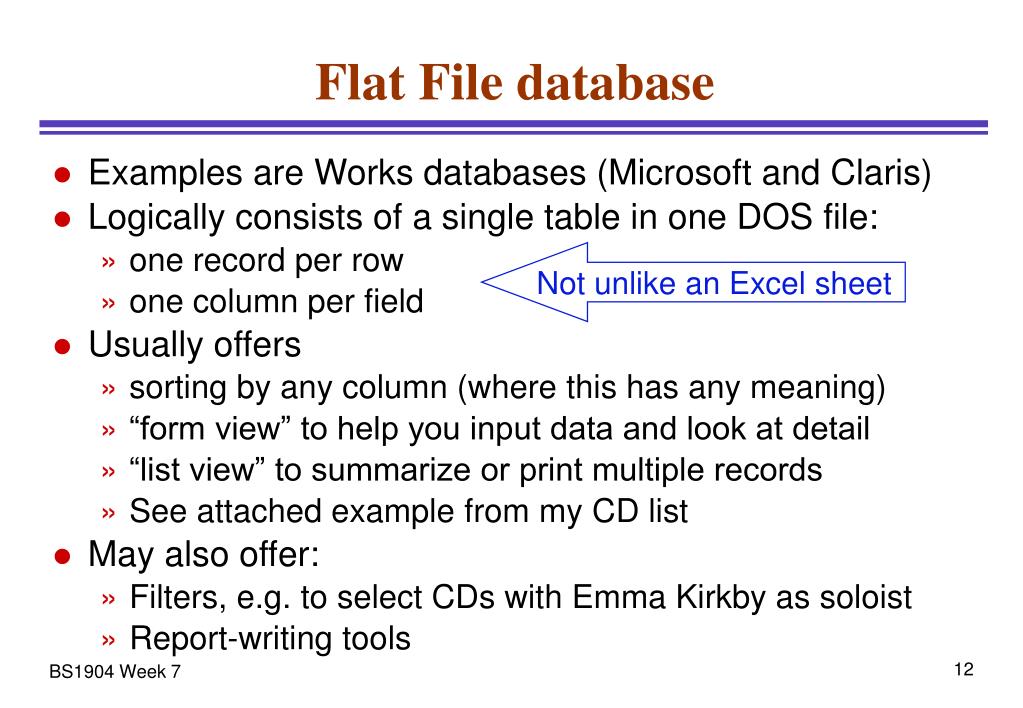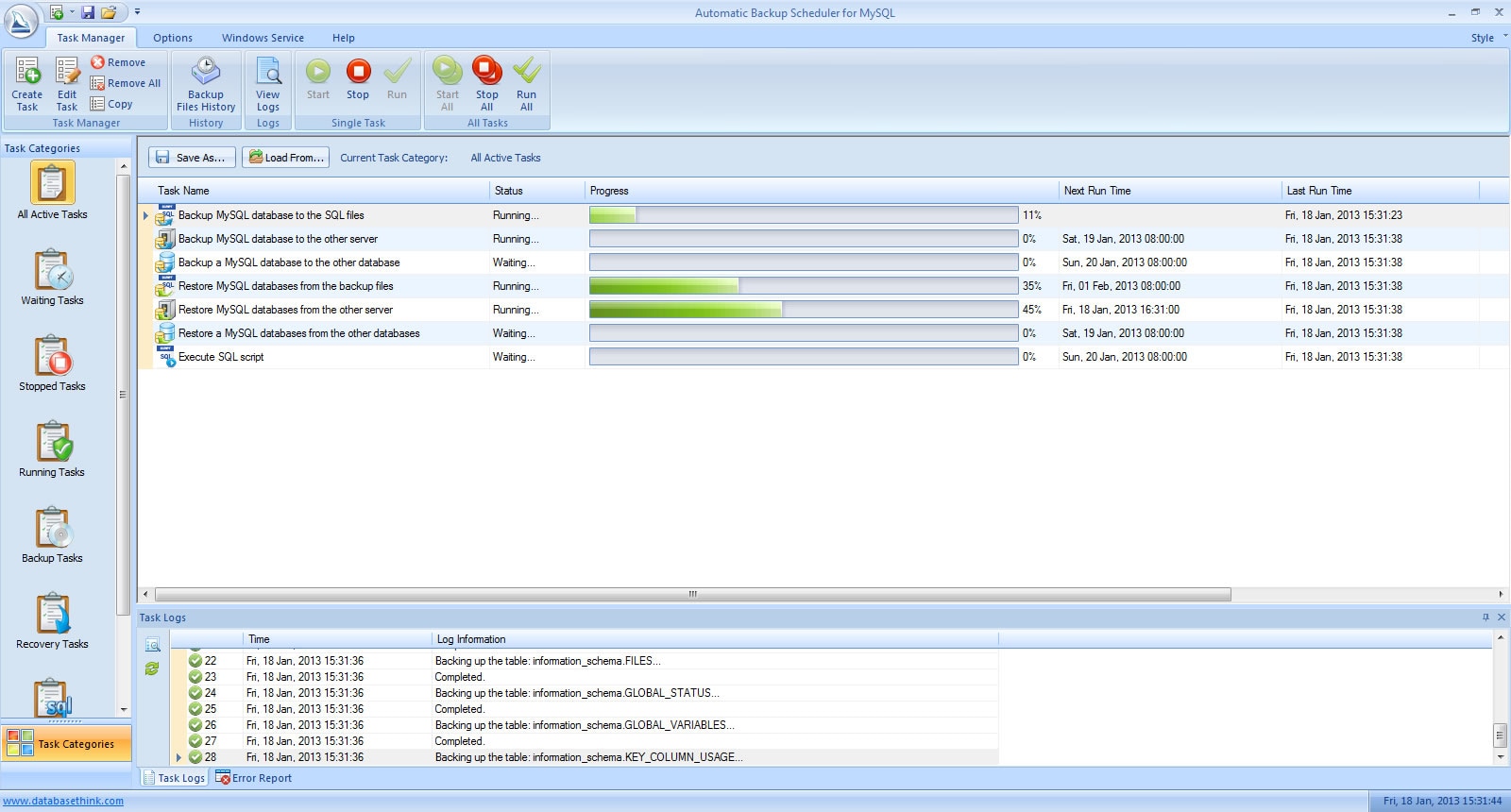

SleekDB can be compared with other flat file database systems because the final query output will be cached and later reused from a single file instead of traversing all the available files. That allows it to have a better concurrency support compared to fully FlatFile database systems. SleekDB is also a flat file database, but instead of a single file it stores data in multiple JSON files. SleekDB will cache all query data by default, in a way that would make any dynamic site as fast as static sites. SleekDB works great as the database engine for low to medium traffic websites. You can think of it as a database for low to medium operation loads. It is not designed to handle heavy-load IO operations, it is designed to have a simple solution where all we need a database for is managing a few gigabytes of data. It is not comparable with databases like Sqlite, MySQL, PostgreSQL and MariaDB because they are relational databases! SleekDB is a NoSQL database and therefore more comparable with for example MongoDB.


SleekDB is a simple flat file NoSQL like database implemented in PHP without any third-party dependencies that store data in plain JSON files. You currently owe us $200.00, please pay us as soon as possible.SleekDB - A NoSQL Database made using PHP So for the first line the script would print the below message. After it's loaded into its own array, each segment of the array can be called, for example "$display" is the first element of the array. Then using the foreach command it goes through each line in the array (file) and splits each line into its own array using the pipe delimiter. In the above example, the Perl script first opens the flatfile.txt and places the data into any array. Print "$display\n$display\n$display\n\nHello $display,\n\nYou currently owe us $display, please pay us as soon as possible.\n" Nathan|800 Street|Utah|$10.00 Perl script to read flat file use strict Flat file example Bob|123 street|California|$200.00 Below is a basic example of how data in a flat file may appear and be used in a Perl program. These types of files are often separated by a delimiter.Ī flat database is easier to understand and set up than a traditional database, but may be inadequate if it contains millions of entries.

A good example of a flat file is a single, text-only file with all the data needed for a program. Alternatively called a flat database or text database, a flat file is a data file that does not contain links to other files or is a non-relational database.


 0 kommentar(er)
0 kommentar(er)
